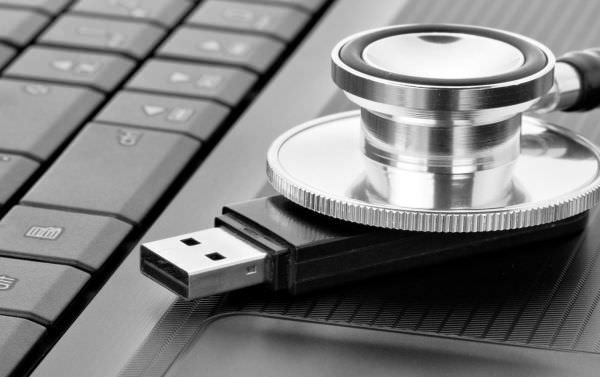
If you own a USB flash drive, chances are that you have used-and-abused it without even knowing. While they can surprisingly survive elements like extreme temperature or physical impact, these conditions will do nothing to help prolong the lifespan of your storage device. You would think in our digital age that proper USB care would be second nature, but even the more subtle actions we take can affect flash memory. Fortunately, there are some essential tips for flash drive care to help you not only stretch your buck for storage, but also keep your data safer, longer.
Flash Drive Removal
This care tip is two-fold—taking into account what you instruct your computer to do as well as how you physically remove it from the USB port. Go to the system tray icon “Safely Remove Hardware”. This function guarantees that your computer and flash drive do not incur damage or lose data because it provides the proper channels to shut down communication between the two devices. Once this data transferring stops, safely pulling it from the port is essential. Do not yank out the flash drive or force it out at an odd angle because both the metal connector and port are all susceptible to damage. Same goes for inserting the flash drive—do not force it in and make sure the plug and connector are aligned in the correct orientation.
Be mindful of the spark!
Always ground yourself to something metal before you plug in your flash drive. Electrostatic discharge (ESD) between you and your computer can fry your hardware or flash drive, causing irreversible damage or loss.
Don’t let it drop or slip through the cracks
You can prevent tall tumbles with the help of a USB lanyard or key ring, which act as an extra safeguard against loss or damage since you can keep it anchored around your neck or attached firmly to a backpack, purse, etc. You’ll also worry less when trying to keep track of it.
Avoid weighing down your USB flash drive
While USB key rings and lanyards are handy, it is important to keep them lightweight. If you add too many keys, charms or other drives, you’ll put too much pressure on the connector and port when it’s plugged in. Think of it as if you’re inserting the weight of an entire keychain into one tiny computer plug. You’re just begging for damage in that instance.
Cap it off
It’s important to replace the cap after you use your USB flash drive. Dirt and debris can get trapped in the drive’s crevices and spread to your system, where it’s not supposed to be.
Ditch defragmenting
Your instinct may be to do it for the sake of performance but in reality, this process does nothing to improve your flash drive the way it does for your system’s hard drive.
Refrain from exposure to rays
While there are no substantiated reports of radiation damage from airport and mail x-ray scanners, some manufacturers advise that you treat the flash memory of your USB drives the same way you’d care for camera film. As a result, store custom flash drives in your carry-on or mail them with a commercial carrier instead of USPS because the radiation used in these types of scanners offer a lower potency.
It also goes without saying to always make extra backups of your most important digital data. Even if you’re armed with the world’s most reliable flash drive, you’ll be out of luck in the case of unforeseen loss.
Help us add to our list! What are your tips in caring for a flash drive?
